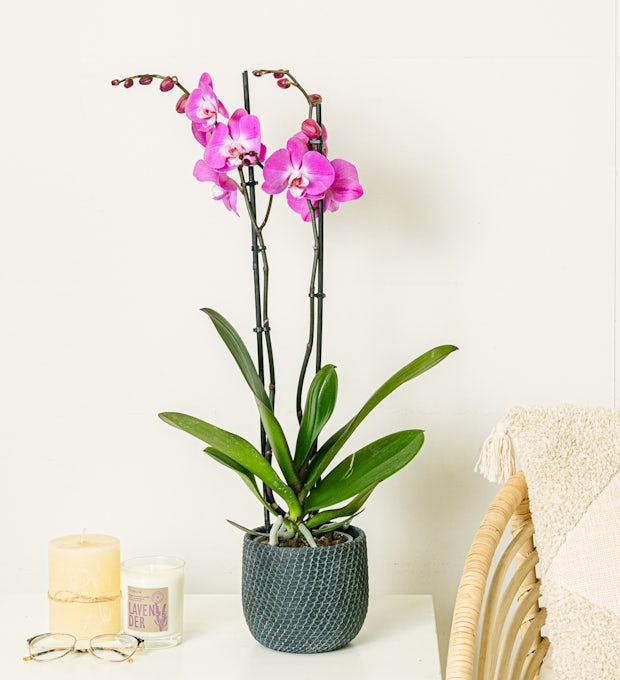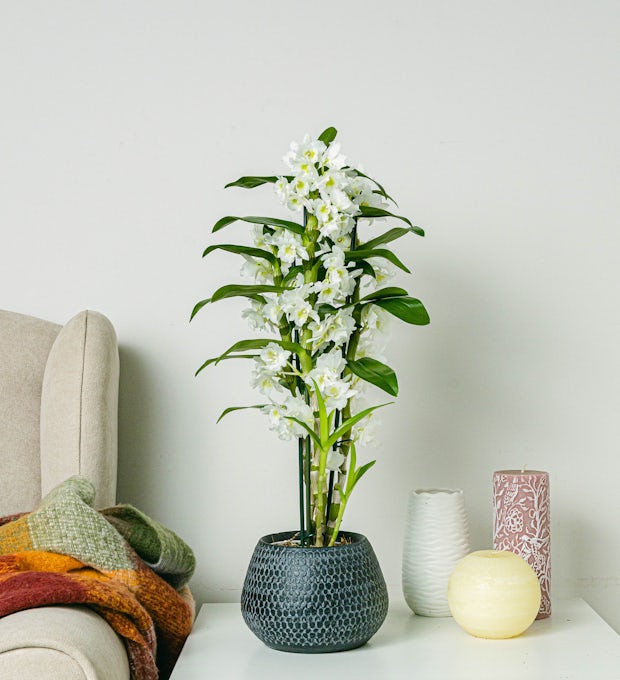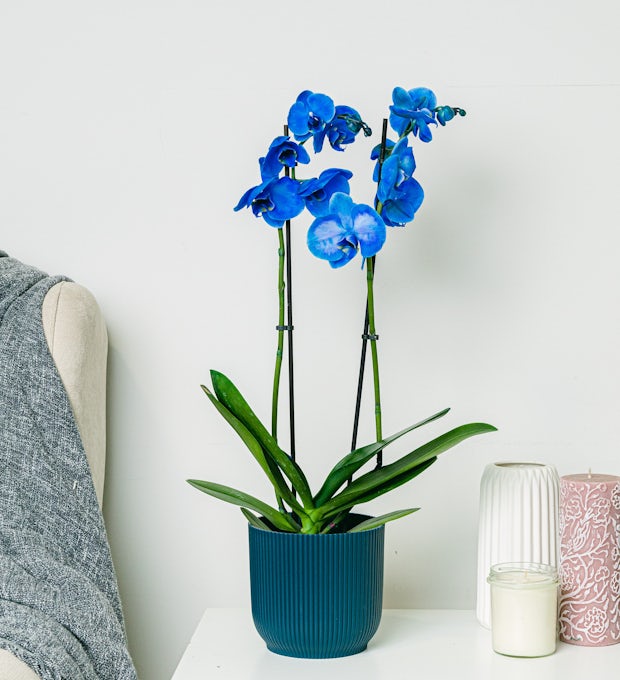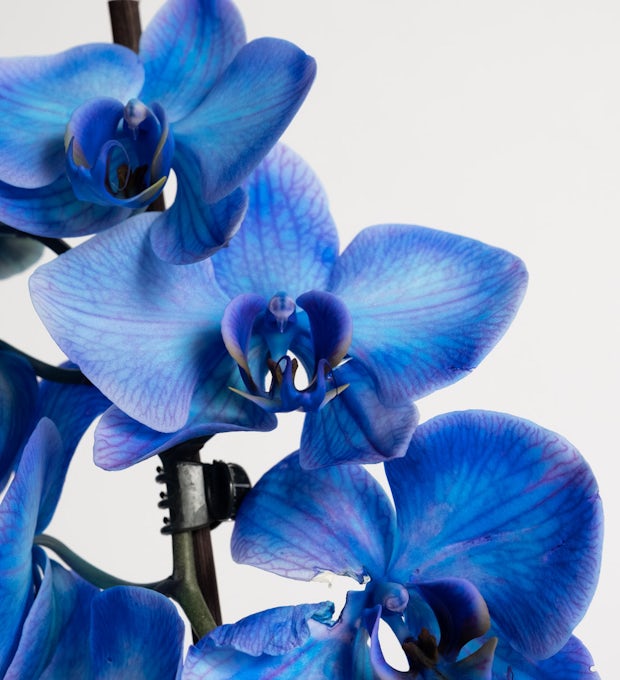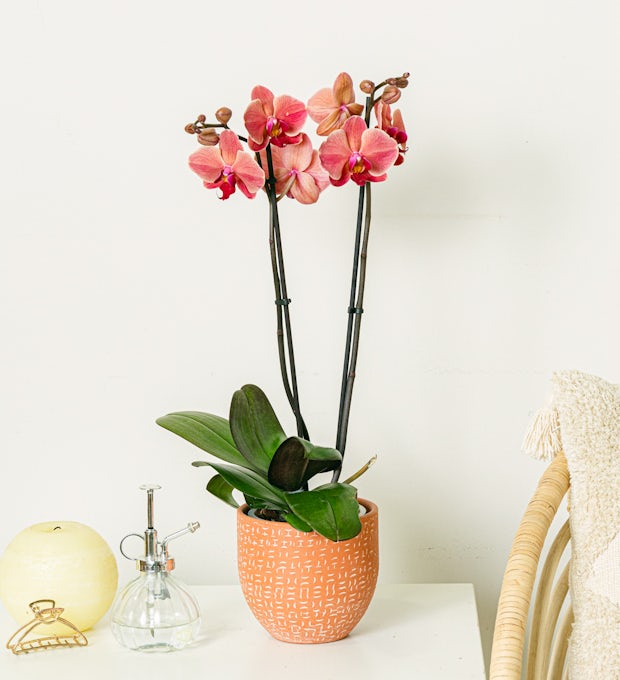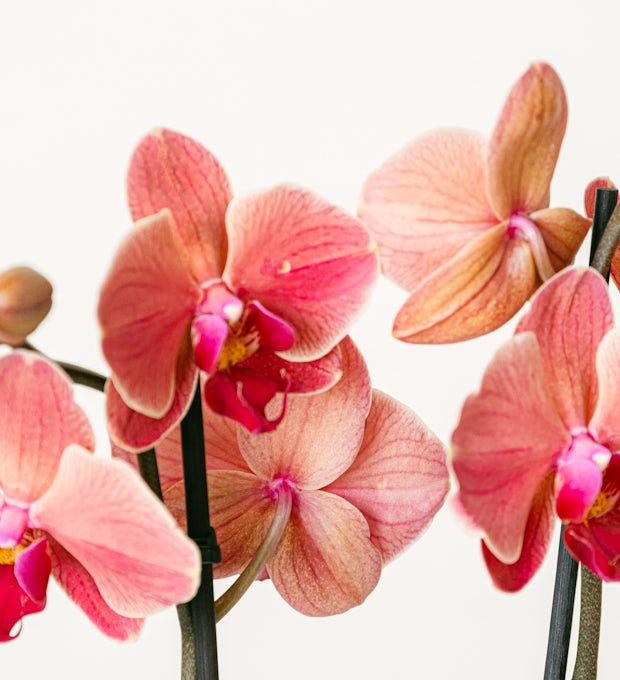Learning how to care for our orchids can be challenging, but don't worry, I'm here to help! In this article, you'll discover how to avoid overwatering and keep your orchids properly hydrated. We know how important these precious plants are to you, so we'll give you helpful and easy-to-follow tips. From choosing the right substrate to how often and how much water is needed, we'll teach you everything you need to know to keep your orchids happy and healthy. Get ready to dive into the fascinating world of orchid care!
The Importance of Correct Watering in Orchid Care
Proper watering is critical to orchid care. These beautiful tropical plants need an adequate amount of water to stay healthy and flourish in all their glory. Water is essential for orchids to photosynthesize and absorb the nutrients needed for their growth. However, overwatering can be harmful and cause problems such as root rot. On the other hand, a lack of water can cause the leaves to wilt and the flowers to drop prematurely. Therefore, it is important to find the right balance when watering our orchids. The key is to observe them closely and learn to interpret the signals they give us. Each orchid is unique and has its own watering needs, so it's important to tailor watering to each plant. Some factors to consider are the type of orchid, the weather, and the time of year. A good indicator to know if our orchids need water is to touch the substrate with your fingers: if it's dry, it's time to water. In short, giving our orchids the right amount of water is crucial to keeping them healthy and vibrant.
Signs of Overwatering and How to Fix It
When it comes to orchid care, proper watering is critical to keeping them healthy and beautiful. However, sometimes it's easy to overdo it and overwater them, which can be detrimental to your health. How do you know if you're overwatering your orchids? There are some clear signs to look out for. One of them is the presence of yellow or brown spots on the leaves, which indicates that the roots are suffering damage due to excess water. Another sign is the appearance of fungus or mold in the substrate, which can be an indicator of an overly humid environment. If you notice that the roots are mushy or rotten, it's also likely that you're overwatering. How to fix this problem? The key is to adjust the frequency and amount of water you give your orchids. Be sure to allow the substrate to dry out slightly between waterings and avoid watering them if the substrate is still wet. In addition, it is important to provide them with good drainage to prevent water stagnation. See how your orchids react to watering and adjust it according to their individual needs. Remember, not all orchids have the same water requirements, so it's crucial to tailor watering to each species. With a little attention and care, you'll be able to avoid overwatering and keep your orchids properly hydrated.
We ship plants to all locations, you can see more options here.
How to determine the frequency and amount of water needed for your orchids
Determining the frequency and amount of water needed for your orchids can be challenging, but don't worry, here are some helpful tips. The first thing to keep in mind is that every orchid is unique and has different watering needs. Look at your plant's leaves and roots to determine when it's the right time to water it. If the roots are green and firm, it means that the orchid is well hydrated. On the other hand, if the roots are wrinkled or brown, you will likely need more water. As for the amount of water, remember that it is best to water in small amounts but more frequently. Avoid completely soaking the substrate, as this can cause root rot. Also, be sure to water in the morning to allow the plant to dry out during the day and avoid fungal diseases. Remember that watering can also vary depending on the season of the year and the environment your orchid is in. Observe how your plant reacts to watering and adjust the frequency and amount of water accordingly. Remember, keeping your orchids properly hydrated is key to their health and beauty!
We ship plants to all locations, you can see more options here.
The crucial role of substrate and pot choice in the hydration of orchids
The choice of substrate and pot play a crucial role in the proper hydration of orchids. These exotic plants have special needs and require a specific environment to thrive. The ideal substrate for orchids should be light and allow good water drainage. The mixture of pine bark, sphagnum moss, and perlite is a popular choice. Pine bark helps keep the substrate aerated by preventing excess moisture from accumulating around the orchid's sensitive roots. Additionally, it is important to choose a pot with drainage holes to prevent water stagnation. Clay or ceramic pots are ideal because they allow the substrate to breathe and dry quickly. When choosing the right pot, we must also consider the size. A pot that is too large can hold more water than necessary, which can lead to root rot problems. On the other hand, a pot that is too small can hinder healthy root growth. In short, choosing the right substrate and pot is essential to keep our orchids properly hydrated.
Tips to improve moisture retention in the environment of your orchids
If you want to keep your orchids properly hydrated, it's essential to improve moisture retention in their environment. Here are some helpful tips to help you achieve this. First, you can place a layer of Sphagnum moss on the surface of your orchids' substrate. This moss acts like a sponge, absorbing and retaining moisture, which helps maintain a moist environment around plant roots. In addition, you can use trays with water under the pots to increase the humidity in the surrounding air. The water will slowly evaporate, creating a more humid environment conducive to the healthy growth of your orchids.
Another helpful tip is to group your orchids together. By grouping them together, a kind of microclimate is created in which the plants benefit each other by releasing moisture into the surrounding air. In addition, you can use humidifiers or foggers to increase room humidity if you live in a particularly dry area.
Don't forget to regularly spray water on the exposed leaves and roots of your orchids as well. This mimics the natural dew or rain condition that orchids encounter in their natural habitat and helps keep them hydrated.
Remember that each orchid is unique and may have different moisture needs. Carefully watch for signs that tell you if your orchid is getting too much or too little moisture and adjust your watering techniques accordingly.
With these simple yet effective tips, you'll be able to improve moisture retention in your orchids' environment and keep them healthy and happy. Enjoy the care process and watch these beautiful plants bloom in your home!
Common Myths About watering orchids You Should Avoid
When it comes to watering orchids, there are many common myths that we need to avoid if we want to keep our plants healthy and well-hydrated. One of the most widespread myths is that orchids need water every day. Nothing could be further from the truth! Orchids are plants that come from tropical climates, and although they need moisture, they also require periods of drought. Watering them every day can saturate their roots and lead to the dreaded overwatering. Another common myth is that orchids should be watered with cold water. In reality, cold water can cause thermal shock to the sensitive roots of these plants. It is best to water them with water at room temperature to avoid damage. Finally, a widespread myth is that orchids should be watered above the leaves. Not only can this promote the onset of diseases, but it can also damage the delicate leaves and flowers of these plants. It's best to water them directly at the base, allowing the water to slowly seep into the roots. Avoiding these common myths will help us keep our orchids properly hydrated and in good health.
The importance of observing and adapting irrigation according to the individual needs of each orchid
Each orchid is unique and has specific watering needs. Observing and adapting watering according to the individual needs of each plant is critical to keeping them healthy and happy. Not all orchids require the same amount of water, so it's essential to pay attention to the signs that tell us if they're getting adequate hydration. Some orchids may need more frequent watering, while others may require less water. Careful observation of the leaves and roots will give us clues on how to adapt our watering. If the leaves look yellowed or wilted, it could be a sign that the orchid needs more water. On the other hand, if the roots look soft or dark-spotted, it may be indicative of overwatering. Adjusting the frequency and amount of water based on individual needs will help avoid problems such as over- or under-watering. It is important to remember that watering should not follow a fixed schedule, but we must be attentive to the signs that our beloved orchids give us. Adapting to their individual needs will allow us to keep them properly hydrated and enjoy their beauty for a long time.
Now you're ready to become an orchid care expert! With these helpful tips, learning how to avoid overwatering and keep your orchids properly hydrated will be a piece of cake. Remember that observation and adaptation are key to understanding the individual needs of each plant. Also, don't forget to choose the right substrate and pot, as well as improve moisture retention in the environment. Avoid falling into common myths about watering and pay attention to the signs of overwatering to fix it in time. Now it's up to you to put these tips into practice and enjoy the healthy and beautiful growth of your orchids. Good luck!
